Match the column-I with column-II
Column-IColumn-IIa.Pyrolysis(i)Methaeglobinemiab.Carbon monoxide(ii)Chronic exposure to arsenicc.Blue baby syndrome(iii)Asphyxia and dizzinessd.Black foot disease(iv)Disposal of hospital waste
a(iv), b(i), c(ii), d(iii)
a(i), b(iii), c(iv), d (ii)
a(iv), b(iii), c(i), d(ii)
a(iv), b(iii), c(i), d(ii)
The correct Answer is:D
To solve the matching question, we will analyze each item in Column-I and find the corresponding item in Column-II based on their definitions and associations.
1. Identify Pyrolysis:
- Pyrolysis is a waste treatment method that involves the thermal decomposition of materials at high temperatures (around 550°C) in the absence of oxygen. This process is commonly used for the disposal of hospital waste.
- Match: Pyrolysis (a) → Disposal of hospital waste (iv).
2. Identify Carbon Monoxide:
- Carbon monoxide is a colorless, odorless gas that can cause poisoning. It binds to hemoglobin in red blood cells, preventing oxygen from being transported effectively. This leads to symptoms such as asphyxia and dizziness.
- Match: Carbon monoxide (b) → Asphyxia and dizziness (iii).
3. Identify Blue Baby Syndrome:
- Blue baby syndrome is primarily caused by the conversion of nitrates to nitrites in infants, leading to methaemoglobinemia. This condition reduces the blood's ability to carry oxygen, resulting in a bluish discoloration of the skin.
- Match: Blue baby syndrome (c) → Methaemoglobinemia (i).
4. Identify Black Foot Disease:
- Black foot disease is a peripheral vascular disease associated with chronic exposure to arsenic. It primarily affects the lower limbs and is characterized by gangrene and other vascular issues.
- Match: Black foot disease (d) → Chronic exposure to arsenic (ii).
Final Matches:
- a → iv (Pyrolysis → Disposal of hospital waste)
- b → iii (Carbon monoxide → Asphyxia and dizziness)
- c → i (Blue baby syndrome → Methaemoglobinemia)
- d → ii (Black foot disease → Chronic exposure to arsenic)
Summary of Matches:
- (a) → (iv)
- (b) → (iii)
- (c) → (i)
- (d) → (ii)
---
- Pyrolysis is a waste treatment method that involves the thermal decomposition of materials at high temperatures (around 550°C) in the absence of oxygen. This process is commonly used for the disposal of hospital waste.
- Match: Pyrolysis (a) → Disposal of hospital waste (iv).
- Carbon monoxide is a colorless, odorless gas that can cause poisoning. It binds to hemoglobin in red blood cells, preventing oxygen from being transported effectively. This leads to symptoms such as asphyxia and dizziness.
- Match: Carbon monoxide (b) → Asphyxia and dizziness (iii).
- Blue baby syndrome is primarily caused by the conversion of nitrates to nitrites in infants, leading to methaemoglobinemia. This condition reduces the blood's ability to carry oxygen, resulting in a bluish discoloration of the skin.
- Match: Blue baby syndrome (c) → Methaemoglobinemia (i).
- Black foot disease is a peripheral vascular disease associated with chronic exposure to arsenic. It primarily affects the lower limbs and is characterized by gangrene and other vascular issues.
- Match: Black foot disease (d) → Chronic exposure to arsenic (ii).
- a → iv (Pyrolysis → Disposal of hospital waste)
- b → iii (Carbon monoxide → Asphyxia and dizziness)
- c → i (Blue baby syndrome → Methaemoglobinemia)
- d → ii (Black foot disease → Chronic exposure to arsenic)
- (a) → (iv)
- (b) → (iii)
- (c) → (i)
- (d) → (ii)
Topper's Solved these Questions
- ENVIRONMENTAL ISSUESBOOK - AAKASH INSTITUTE ENGLISHCHAPTER - ENVIRONMENTAL ISSUESEXERCISE - ASSIGNMENT SECTION C
92 Videos
- ENVIRONMENTAL ISSUESBOOK - AAKASH INSTITUTE ENGLISHCHAPTER - ENVIRONMENTAL ISSUESEXERCISE - ASSIGNMENT SECTION D
15 Videos
- ENVIRONMENTAL ISSUESBOOK - AAKASH INSTITUTE ENGLISHCHAPTER - ENVIRONMENTAL ISSUESEXERCISE - ASSIGNMENT SECTION A
35 Videos
- ECOSYSTEMBOOK - AAKASH INSTITUTE ENGLISHCHAPTER - ECOSYSTEMEXERCISE - Section - D (Assertion - Reasion Type questions)
15 Videos
- EVOLUTIONBOOK - AAKASH INSTITUTE ENGLISHCHAPTER - EVOLUTIONEXERCISE - TRY YOURSELF
29 Videos
Similar Questions
Match the column-I to column-II:-
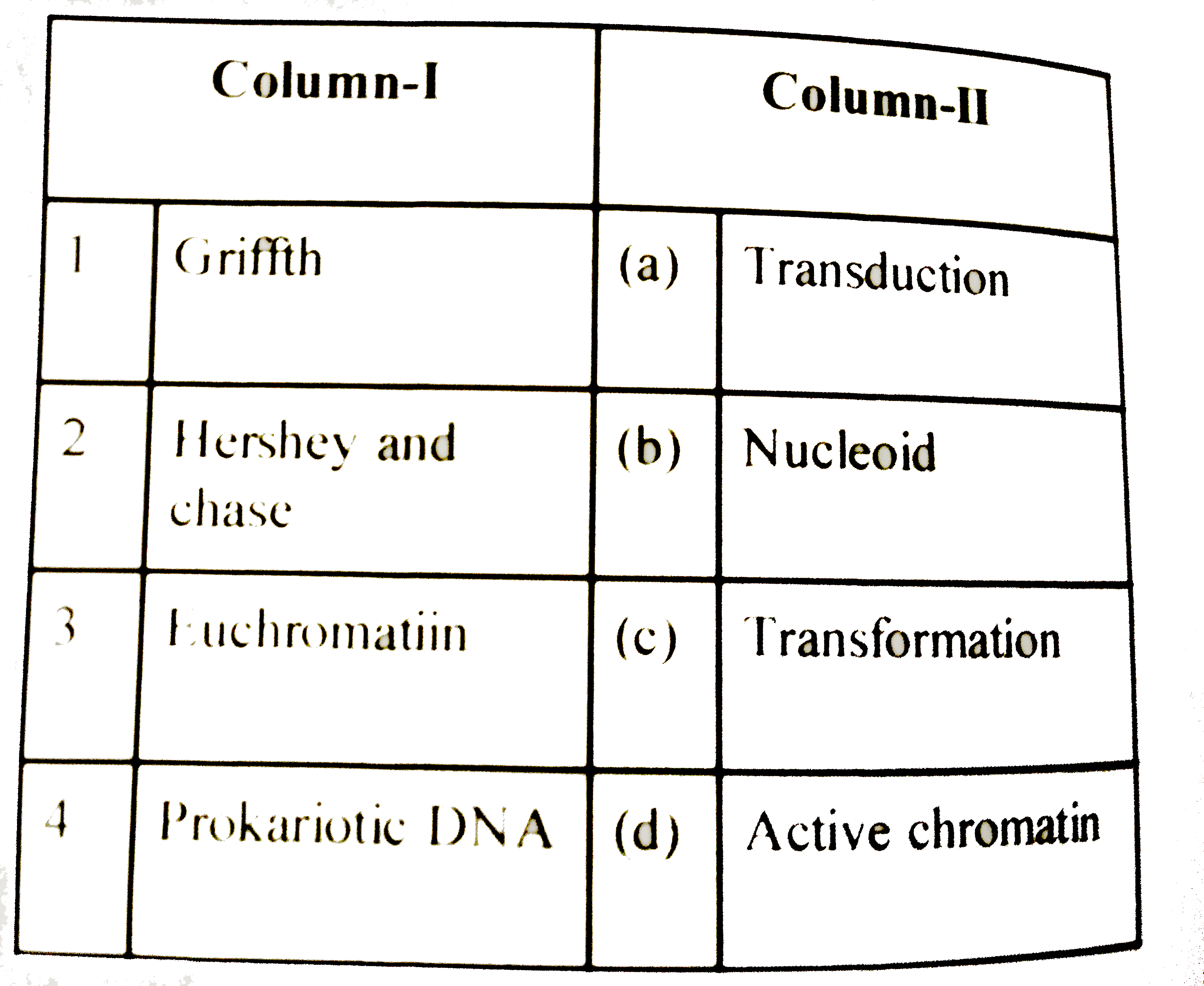
View SolutionMatch the column-I to column-II :-
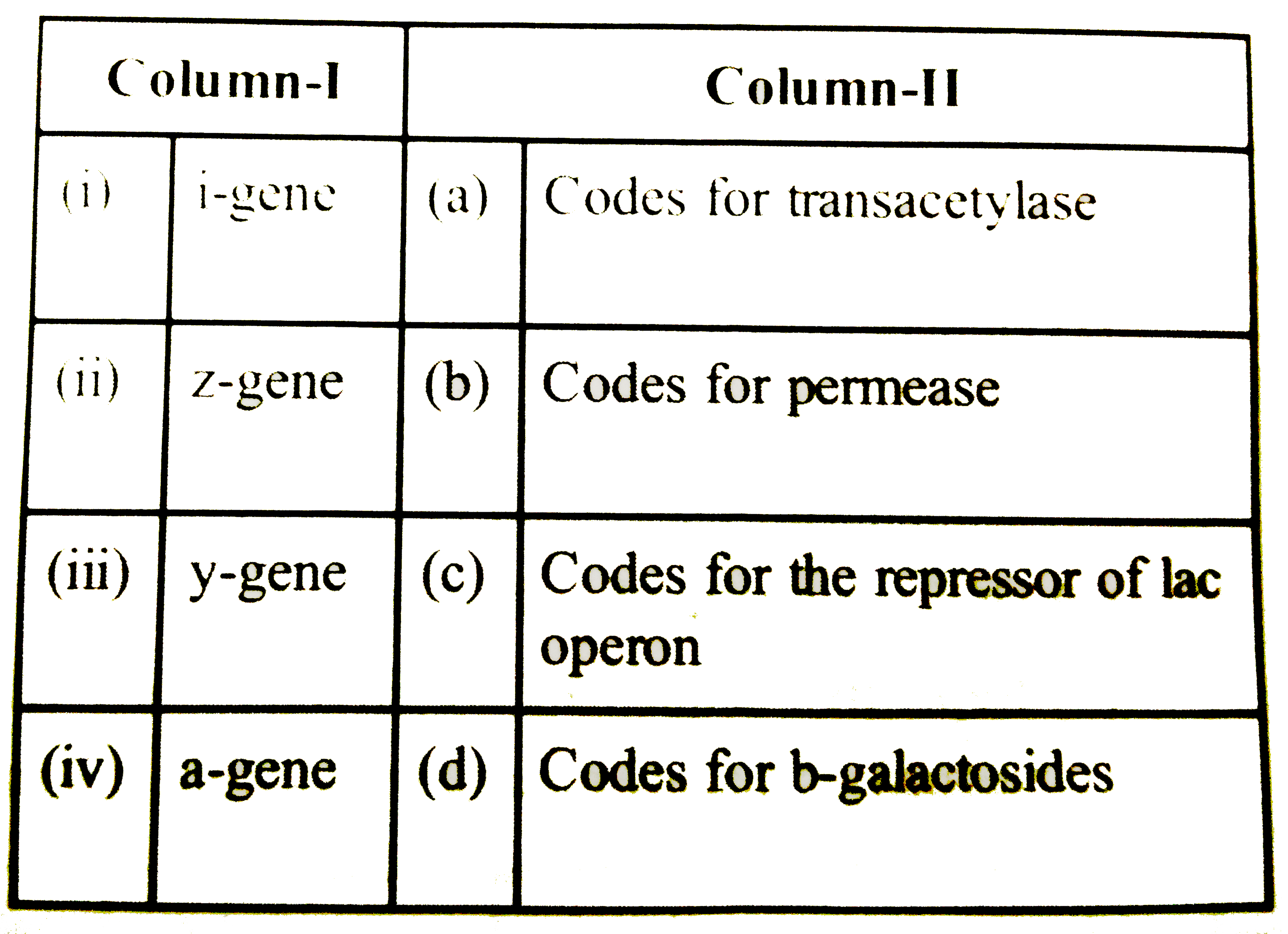
View SolutionMatch the column-I to column-II :-
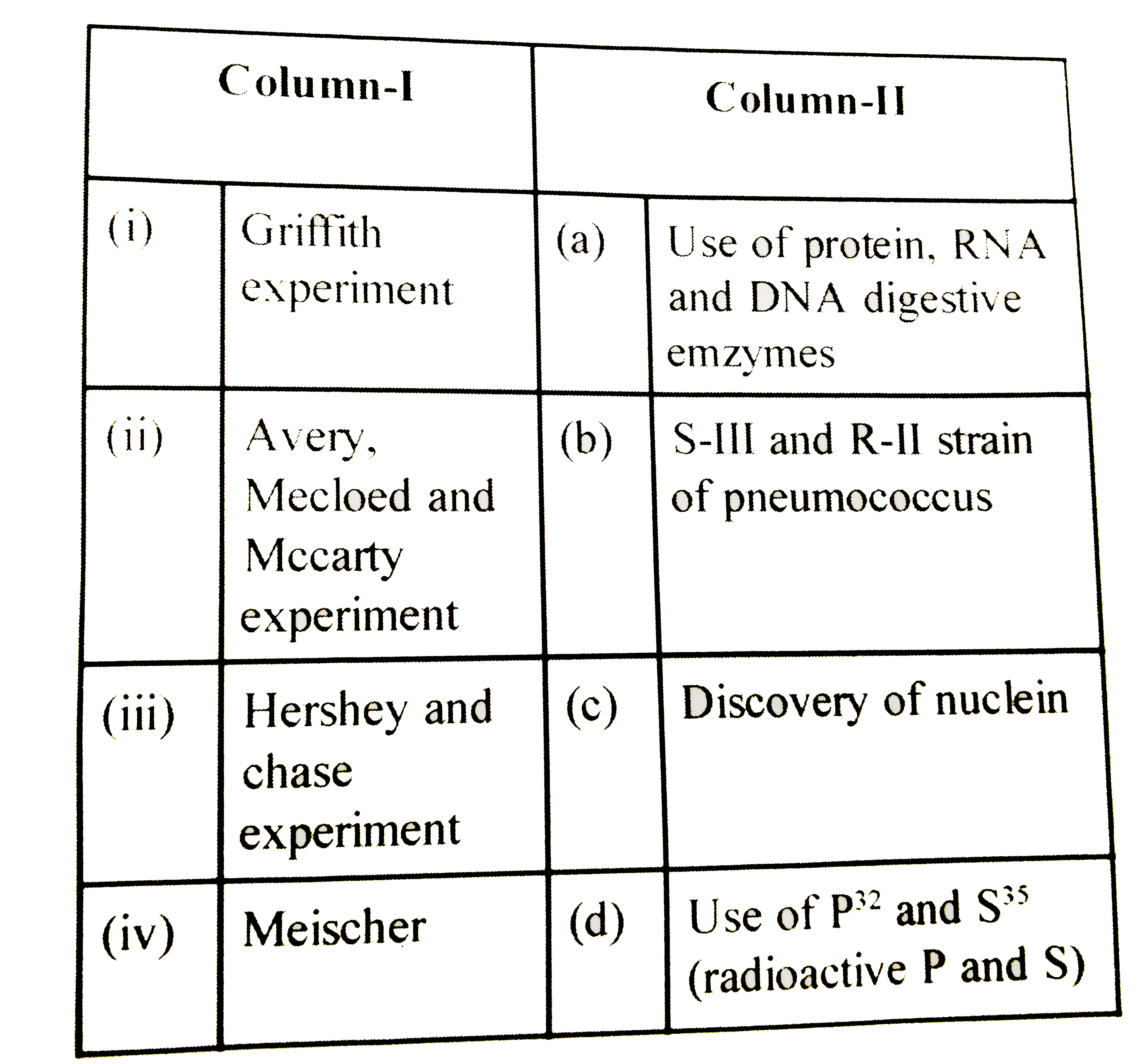
View SolutionMatch the column-I to column-II :-
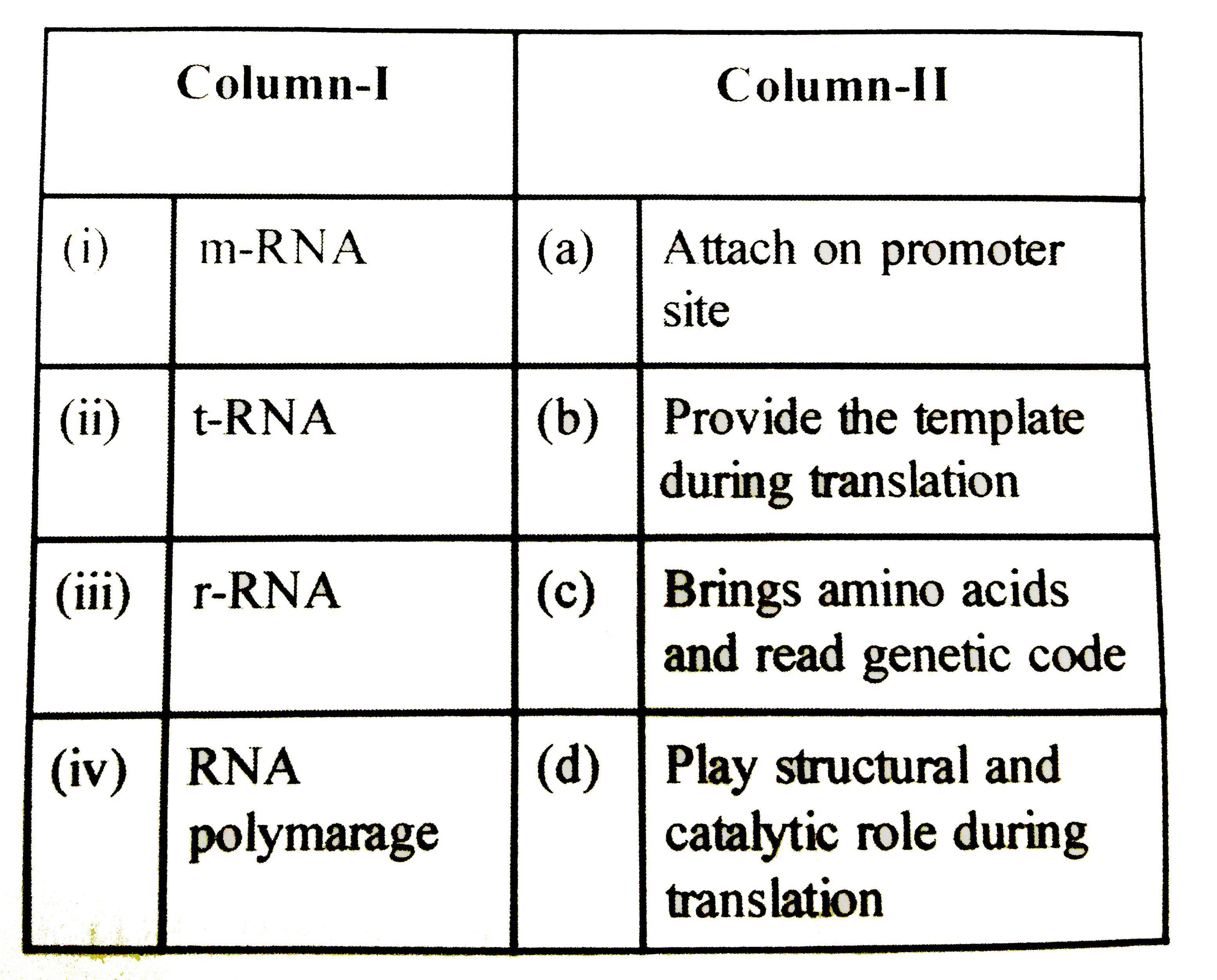
View SolutionMatch the column-I to column-II:-
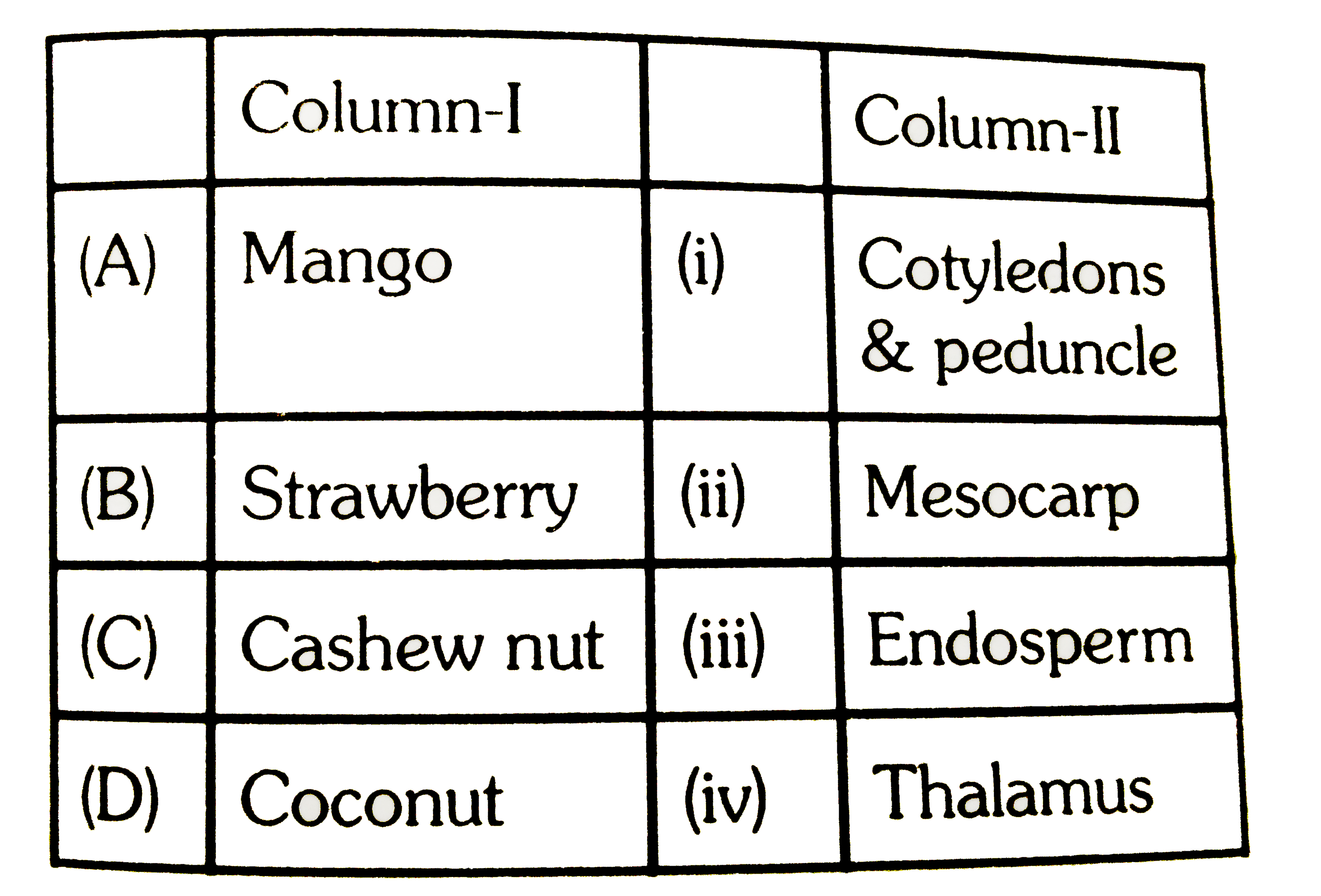
View SolutionMatch column-I with column-II

View SolutionMatch column-I with column-II
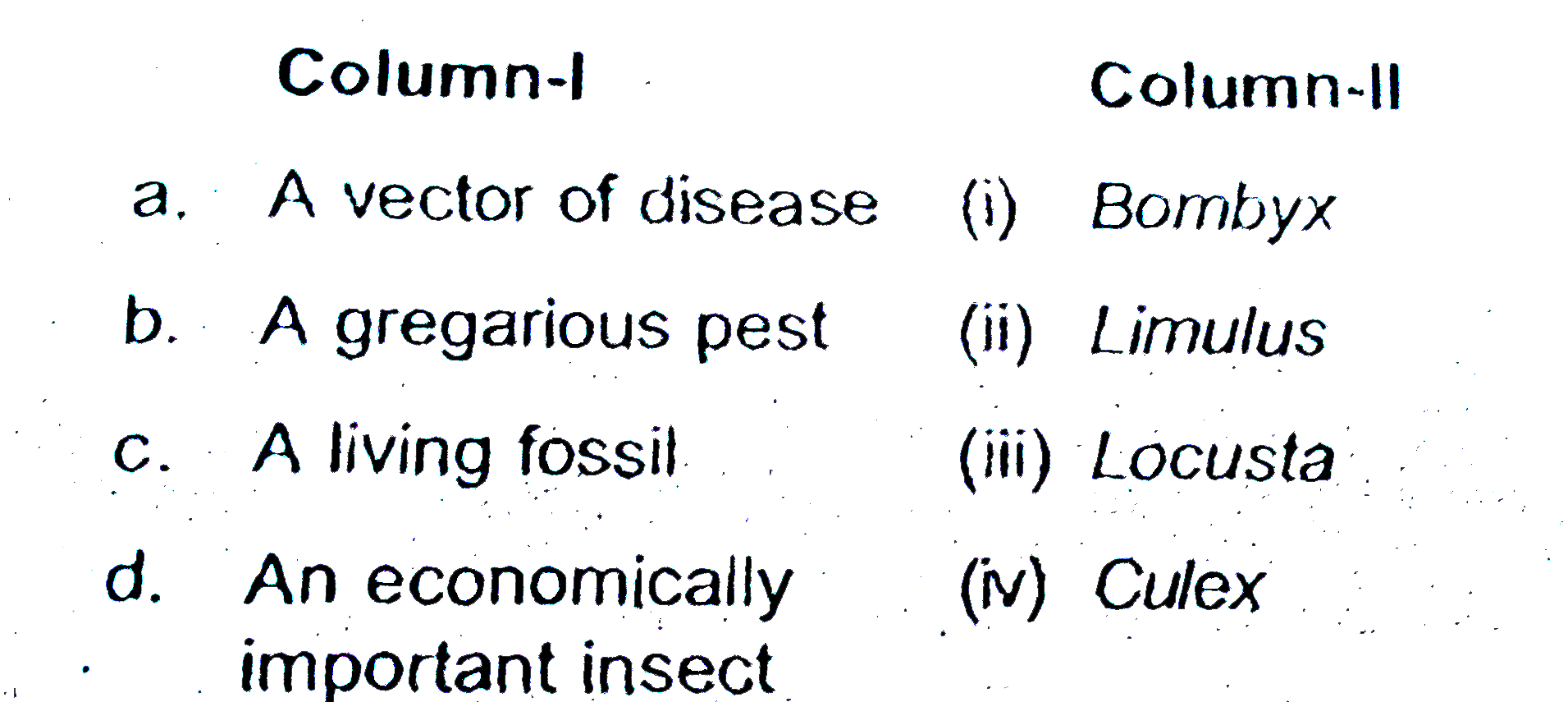
View SolutionMatch the column-I to the column-II

View SolutionMatch the column-I and column-II
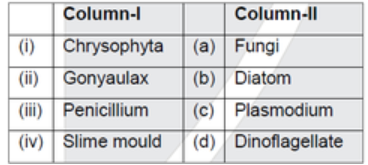
View SolutionMatch the column-I and column-II
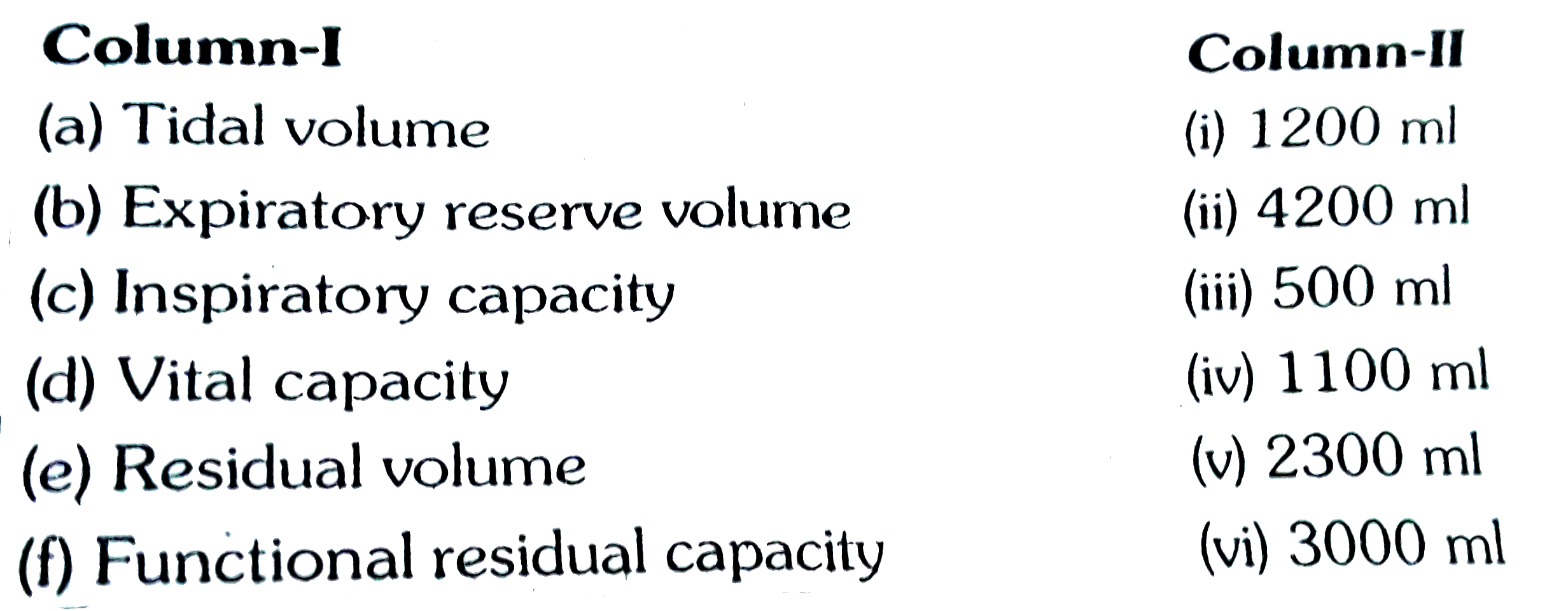
View Solution
